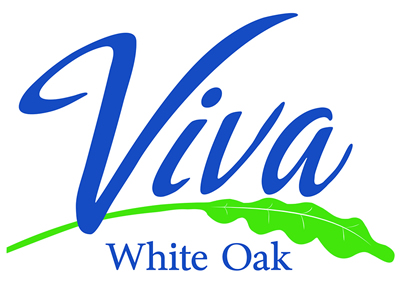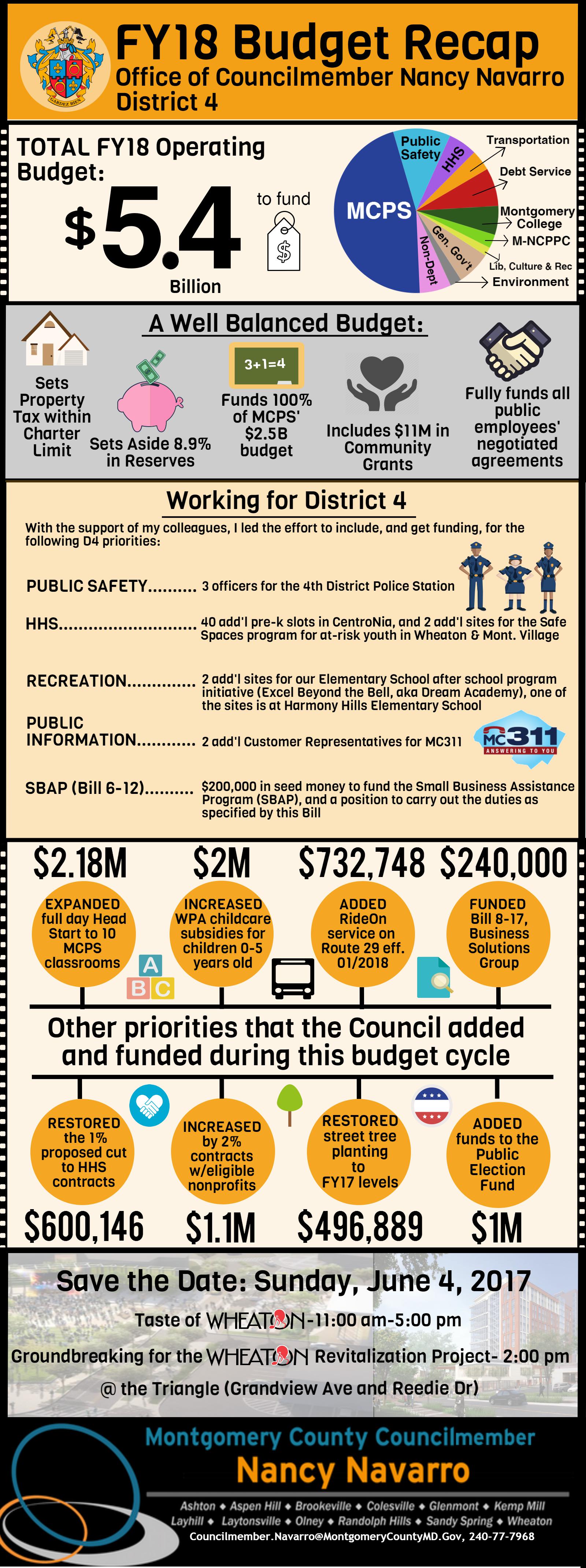
Wheaton Revitalization News is an email distribution list that will provide frequent updates to the surrounding community on the Wheaton Revitalization project. The purpose of this distribution list is to provide you with project updates and construction activities. For additional information on the Wheaton Revitalization Project please visit http://www.wheatonproject.com
Look Ahead – Week of February 11 to February 17
Executive Summary
The project continues to track on-schedule and within budget.
Temporary Closure of Reedie Drive
A 7-hour temporary closure of Reedie Drive will take place on Saturday, February 10, from 5am to noon to stage a mobile crane in Reedie Drive.
The mobile crane is needed to “air lift” (remove) several large pieces of construction equipment out of the 55-feet deep hole. The construction equipment (excavators and drill rigs) were required to work long after the removal of the ramp exiting the hole. The only means out of the hole at this point in time is to be “air lifted’ out by a mobile crane with the hoisting capacity to make such a lift.
The on-site tower cranes do not have the hoisting capacity for such heavy lifts. Therefore, a mobile crane will arrive early Saturday morning, set-up on Reedie Drive, and remove the excavators and drill rig.
Building Foundation Excavation Completed
Excavation for the building foundation is complete.
Demolition of the Mid-County Regional Services Center Building
Demolition of the Regional Services Building will commence on Monday, February 12 and require six (6) weeks to complete.
The demolition will be accomplished by means of a hydraulic excavator with a pinching (grabbing) attachment that will “chew” away at the building. The area immediately to the demolition will be protected by fencing and plywood barriers. WMATA has reviewed and approved the building demolition plans including areas of close proximity to WMATA operations. Pedestrian and traffic operations will be largely unaffected.
Traffic operations along Reedie Drive will not be affected and pedestrian movement will remain unchanged with the exception of closure of the “cut through” walkway immediately adjacent to the Regional Services Building leading from Reedie Drive to the Metro stairs. Signage will be posted.
Service providers formerly located in the Mid-County Regional Services Building have relocated as noted in the Special Bulletin.
Tie-Down Anchors
Installation of tie-down anchors will be complete this week, including hydraulic testing (see photos). In all, one hundred sixty nine (169) foundation tie-down anchors will be installed around the perimeter of the building foundation. Tie down anchors are long steel rods that are embedded 20-feet into the underlying bedrock and grouted in place (see photo). The rods penetrate through the building foundation and be secured at the topside of the footer with large washers and lock-down nuts. Tie down anchors are installed to resist expected upward hydraulic ressure of groundwater once the dewatering operation ceases.
Recovery and Connection of the Geothermal System
The process of recovering the one-hundred-fifty (150) Geothermal wells, installed earlier in the project, is complete. The wells were pressure tested and flushed with clean water. In the upcoming weeks the wells will be joined together in 15-well circuits’ vis-à-vis horizontal piping.
Construction of the sub-foundation Elements
Construction of the sub-foundation elements such as the WSSC vault and elevator pits is well underway (see photo). The contractor is now carefully preparing subgrade and protecting the subgrade with a concrete cover known as a ‘mud mat” upon which the building foundation will be built. The 10-day weather forecast is calling for periods of rain well into next week. The contractor is planning accordingly and protecting foundation subgrade.
Site Dewatering
Mass excavation and construction of the building foundation requires the lowering of the groundwater table, which is generally 35 feet below the existing ground surface. The dewatering process will temporarily lower the groundwater roughly 25 feet to allow for construction. Dewatering is currently underway 24/7 and will continue over the next 22-months at which time pumping will discontinue and groundwater will restore to its normal levels. As noted above, all tie-down anchors will be in place and secured tightly prior to deactivation of the dewatering system. All water discharged from the site is treated for proper pH levels per the Maryland Department of Environment (MDE) requirements.
Administrative Preparations
The Contractor, Architect, Developer, and Montgomery County Department of Transportation (MCDOT) are busy exchanging and reviewing detailed submittals to ensure strict compliance with project specifications and all applicable building codes. In all, over 2,000 separate submittals will be developed, exchanged, and reviewed by the project team. No construction is permitted to proceed until all related material submittals, craftsman qualifications, testing, and Quality Assurance/Quality Control has been approved.
Follow Project Progress via the Project Camera
A camera has been installed to view construction on the site. Click here to access the camera.
Upcoming and Ongoing Activities
- Temporary 7-hour closure of Reedie Drive on the morning of Saturday, February 10 (5am to noon) for removal of several large pieces of construction equipment from the bottom of the hole.
- Foundation subgrade preparation and protection with mud mats.
- Horizontal piping for Geothermal System.
- Installation and testing of foundation tie-down anchors.
- Form, reinforcing, and pour sub-foundation elements (see photo).
- Hydraulic Testing of Tie Down Anchors (see photo).
- Monitoring Inclinometer stations for movement.
- Monitoring 3-D survey.
- Testing and monitoring of groundwater discharge water.
Project Milestone Schedule


Reinforcing Below the Building Lobby

Hydraulic Testing a Tie-Down Anchor

Sub-foundation Construction
|















